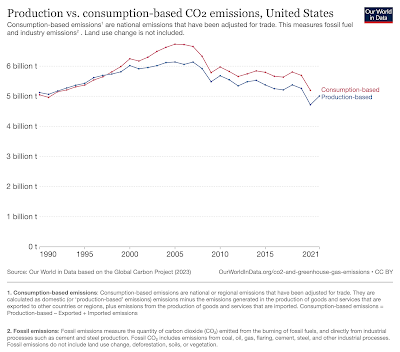What is a monsoon?

Note: This post is written primarily for an Indian audience. - - - What leads to a strong or a weak monsoon? What will happen to the monsoon as the world warms? What happens to the monsoon in an El Niño year? -- These are popular and practical questions that the reader has probably heard, read or thought about. This post has no answers for any of these questions, but instead focuses on a more foundational and theoretical question -- What is a monsoon? Easy! Monsoon means the rainy season, right? This first order approximation is generally accepted as universal truth, since it works for a large part of the country. People equate monsoon with rains, especially summer rains. But what about winter rains? They are usually labelled as "post monsoon", and anything else can be put under "pre-monsoon". If you're a bit more nuanced, you may even label some non-summer rains as "non-monsoon". But the general discussion around rains in India tends to revolve around...


